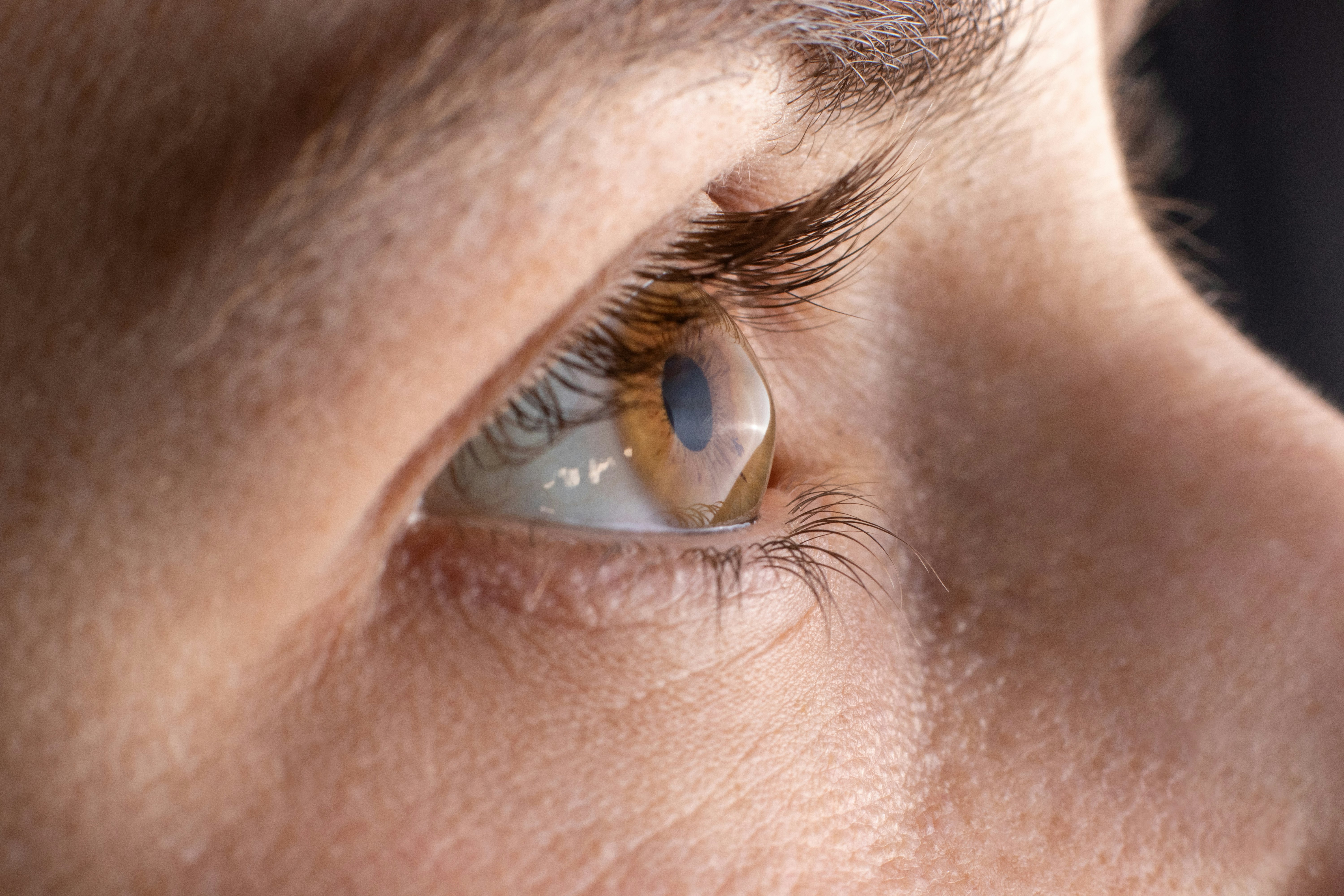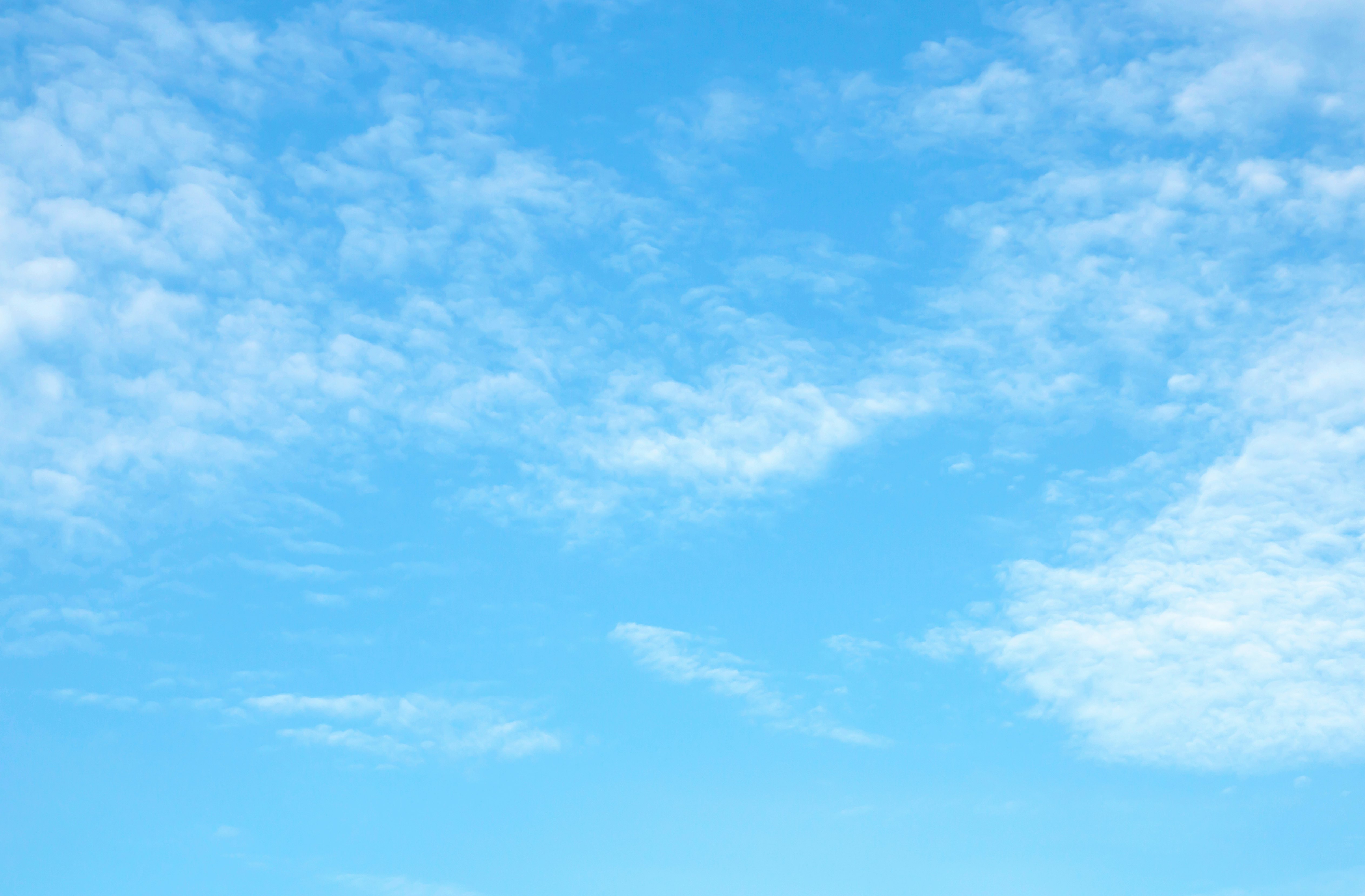
“White light goin' mess up my brain,” sang Lou Reed in 1967. That Velvet Underground classic might have had a grain of scientific truth.
Environmental light acts as a cue for the body’s internal clocks. An overreliance on artificial lighting, as is common in today’s times, can tamper with sleep cycles, metabolism, alertness, and mood.
With this in mind, a group of experts on circadian rhythms has released a new set of guidelines for lighting in indoor environments, published earlier this month in PLOS Biology.
What’s New — To keep your internal clocks tuned, the researchers recommend getting plenty of light on the melanopic action spectrum — preferably natural lighting — during the workday, severely curtailing that kind of lighting three hours before bed, and sleeping in an almost pitch-black room.
Light on the melanopic action spectrum activates melanopsins, specialized proteins in the eye that communicate with the suprachiasmatic nucleus, the brain’s central clock. It is also called “blue light” because it falls into the blue wavelength ranges of monochromatic light, though for a variety of reasons related to the environment and human perception, it probably will not appear as a blue beam.

Light from the sky is blue light. Because this was the only kind of light during humans’ evolutionary history, there is a reason it affects our physiology. The idea behind these recommendations is to put blue light back in the daytime and take it out of the nighttime, recreating a pattern of exposure to this kind of light that is more natural and in sync with our bodies’ rhythm.
Here are the exact measurements from the researchers publishing in PLOS Biology: During the day, one should have a minimum melanopic EDI of 250 lux. In the three hours before bed, keep a maximum melanopic EDI of 10 lux. When sleeping, limit the room to one lux or “as dark as possible,” with a maximum melanopic EDI of 10 lux.
Need some help unpacking that? The melanopic equivalent daylight illuminance, or melanopic EDI, is a new measurement scale, minted by one of the top agencies that oversee the science of light exposure, the Commission Internationale de l’Eclairage (CIE) in 2018. It measures how much of this sort of light is emitted in an environment.
A lux is a common measurement of light. One lux is equal to the brightness created by a single candle from a meter away. Your average public stairwells are about 200 lux, office space 500 lux, supermarket 750 lux, outdoors on an overcast day 1,000 lux.
Lux on an EDI scale is not exactly the same as a usual lux. It’s a measure of luminosity for the blue light that activates melanopsins.
So what does a room with a melanopic EDI of 250 lux look like? To most parts of your eye, like any other room with decent lighting.
“Basically, visually, you wouldn't necessarily know notice any difference at all,” one of the researchers, Timothy M. Brown of the Centre for Biological Timing at the University of Manchester, tells Inverse. “but it will just be using more modern lighting that has more energy in this part of the spectrum.”
The human body evolved for a 24-hour light cycle. With each new technological source of light, we have strayed from that balance.
In the midst of panic over screen addiction, blue light has been vilified for its keeping people up at night, but Brown says you should actually make sure you get some during the day.
The best option is more natural lighting, the report says, but if that’s not possible, go with lighting that includes plentiful light that stimulates melanopsins.
For standard fluorescent and LED bulbs, “cooler whites” usually give off more blue light than warmer whites, Brown says. “So ideally you would want the cooler whites for the day and the warmer whites for the evening.”
There are also “smart” LED systems that switch adjust their blue light levels to daylight levels, and some electronics and lighting companies, like Philips, offer “melanopic” or “circadian” lighting systems.
For evenings, during which one should minimize blue light, a cottage industry has also sprouted up, with non-blue light bulbs and blue light-blocking glasses (though the American Academy of Ophthalmology questions the effectiveness of those glasses).
How They Did It — The recommendations come from the 2019 International Workshop on Circadian and Neurophysiological Photometry, co-chaired by Brown, and come from 18 researchers in this field from institutions across the U.S. and Europe.
Why It’s Important — The human body evolved for a 24-hour light cycle. With each new technological source of light, we have strayed from that balance, and that can throw several physiological systems off their clock, most alarmingly sleep. Light/dark cycles regulate the secretion of melatonin, a hormone that eases the body into sleep.
“Now during the daytime often we’re indoors and at nighttime, we've gotten electric lighting on visual displays,” says Brown. “There's a much-reduced kind of day-night variation in brightness that we would experience compared to someone living a more of pre-industrialized lifestyle.”

One 2020 study found that half of the homes in Australia had enough light to suppress melatonin by 50 percent.
And in the 21st century, light bulbs are not the sole culprits. People relentlessly gaze into phones, computers, and tablet screens, many of which emit blue light.
What’s Next — A giant obstacle for someone trying to regulate their intake of light on the melanopic action spectrum is that now there is only a small industry of products to help and the terminology can be confusing.
Brown says he knows of companies working on sensors, ready for sale to regular consumers, that could simply measure the blue light in a room. With so many people obsessed with quantifying health data, he said it should be an easy sell to the public.
“I'm kind of surprised that the kind of major manufacturers, the Fitbits and the like, haven't already jumped on this,” he says. “It's another sort of lifestyle measure.”







